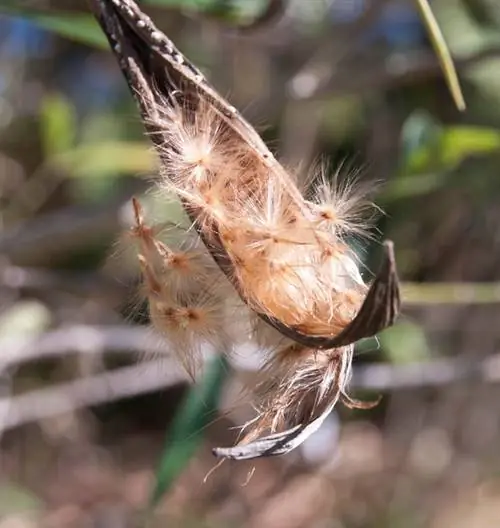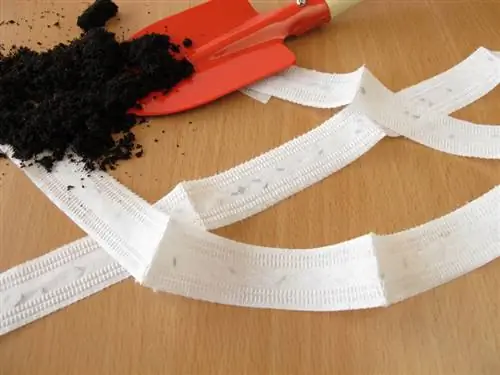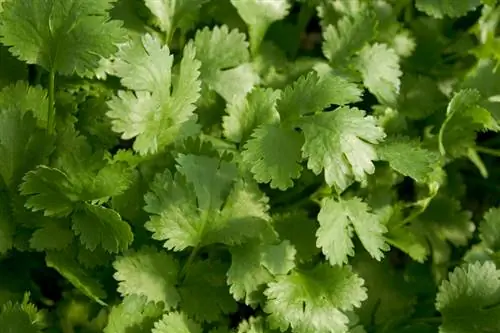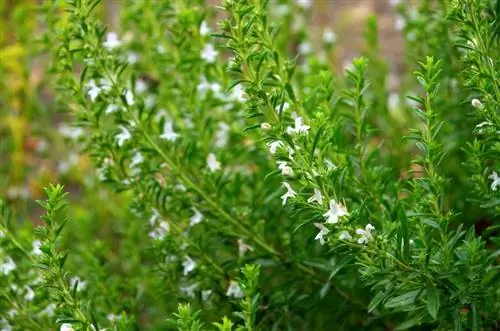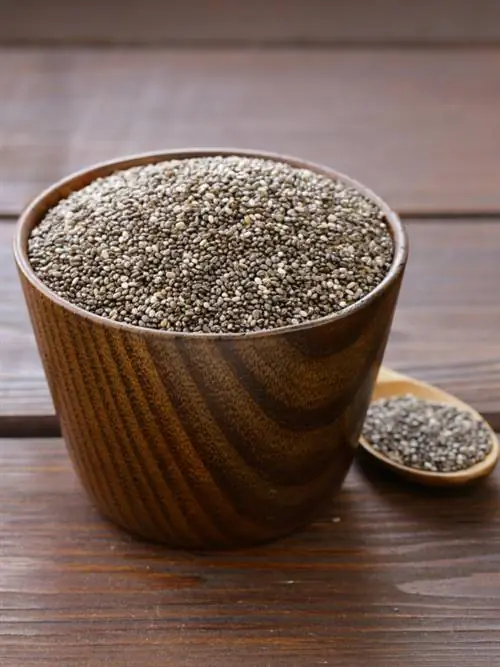- Author admin [email protected].
- Public 2023-12-16 16:46.
- Last modified 2025-01-23 11:20.
Oleander can usually be propagated very easily via cuttings; you can even use clippings from annual pruning. However, there is also the possibility of propagating oleander using seeds you have collected yourself, because the shrub also produces seed-containing follicles in this country when the weather is right. However, you need significantly more patience for this type of plant propagation than for growing cuttings.

Cut off the oleander follicles or leave them alone?
Should oleander follicles be cut off or left standing? The decision depends on your priorities: If you want more flowers, remove the fruit bases. If you want to try seed propagation, leave the follicles and hope for them to ripen.
Oleander forms pod-like fruit heads
The flowers of the oleander are hermaphrodite, i.e. H. both male and female and therefore capable of self-fertilization. However, pollination usually occurs through animals. If you do not cut off the spent inflorescences but leave them standing, you can hope for follicles - provided the weather is warm and sunny. The elongated pods, about 10 or even more centimeters long, are initially green, but turn brown until ripe. The seeds are ripe as soon as the fruits burst open on their own and release the umbrella-armed seeds.
Cut off oleander fruits or leave them hanging?
The formation of fruits and seeds costs the plant a lot of energy, which in turn it cannot put into growth or the formation of new flowers. In addition, the fruits will not always ripen in our latitudes because it gets cold far too quickly in autumn. However, you can promote maturation by providing the oleander with potash fertilizer between mid and late August - this also benefits the shoots, which also mature more quickly. Whether you leave the follicles standing or prefer to cut them off is entirely up to you: If you place more value on flowers, remove the fruit bases. If, on the other hand, you want to try seed propagation, leave the follicles and hope for them to ripen.
Collecting and sowing seeds
You can collect the seeds from the ripe, split fruits and sow them immediately on nutrient-poor growing substrate. In order to break the germination inhibition, you should soak the grains in lukewarm water for at least a day. Since oleander is a Mediterranean plant, stratification is not necessary. However, the oleander is one of the light germinators, i.e. H. You don't need to cover the seeds with soil. However, keep them evenly moist and ensure high humidity and consistent warmth, for example in a greenhouse. Germination usually occurs after about four weeks.
Tip
Careful! Like all parts of the oleander, the follicles are also highly poisonous!

